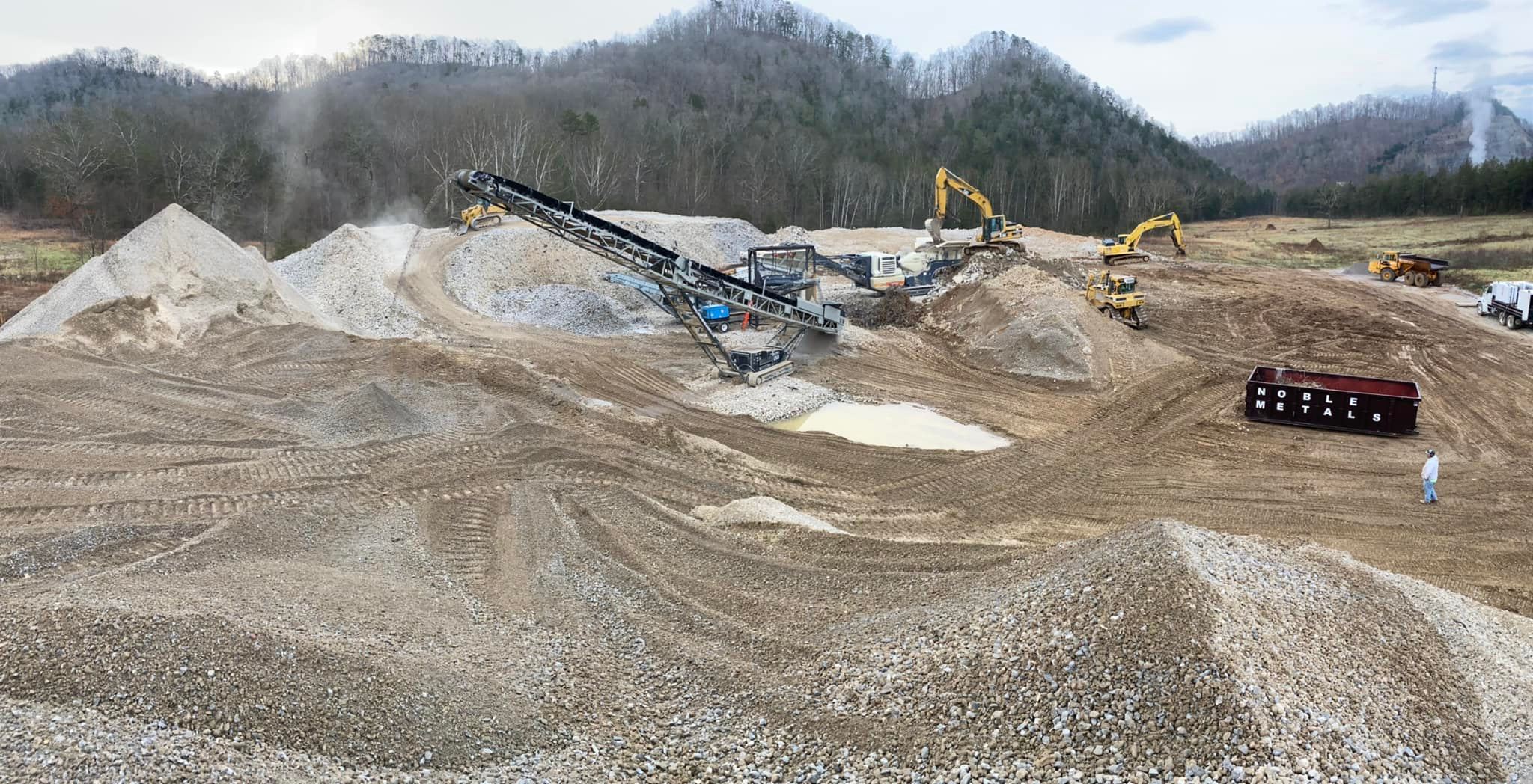
Innovative Land Clearing Techniques for Sustainable Development Sep 22, 2025
Beginning with the fundamentals, sustainable land clearing involves a suite of practices designed to minimize environmental impact while effectively preparing land for its next phase. Traditional methods often result in significant ecological disruption, ranging from soil erosion to habitat destruction. Innovative techniques, however, prioritize maintaining the natural balance and supporting long-term sustainability.
One of the most promising techniques in sustainable land clearing is selective clearing. This method involves identifying and preserving vegetation that plays a critical role in maintaining biodiversity and preventing erosion while clearing only necessary areas. By carefully selecting which trees and plants to remove, Legacy Land Clearing ensures that essential parts of the ecosystem remain intact, promoting ecological health and stability.
Another vital approach is the adaptive management of natural resources, which involves continuously monitoring the cleared land and making necessary adjustments to management practices based on observed conditions. By adopting an adaptive management strategy, we at Legacy Land Clearing are able to respond proactively to environmental changes and protect against potential impacts before they become problematic. This method not only aids in resource conservation but also enhances the sustainability of the development projects we support.
Incorporating the use of advanced machinery is another significant innovation in sustainable land clearing. Modern equipment is designed to minimize soil disturbance and reduce emissions, aligning with eco-friendly goals. For instance, equipment with low ground pressure technology can drastically reduce soil compaction, preserving the soil structure and preventing erosion. This minimizes the land's footprint and helps maintain its natural integrity.
The integration of mulching techniques also exemplifies our commitment to sustainable clearing. By converting cleared vegetation into mulch, we replenish the soil's nutrients, enhancing its fertility and promoting a healthier regrowth of local plant life. Mulching not only recycles organic matter but also creates a protective layer that reduces erosion and water loss, which is crucial for sustaining the environment post-clearing.
At Legacy Land Clearing, we also place emphasis on leveraging geographic information systems (GIS) for environmentally responsible planning. GIS technology allows us to map out the topographical and ecological features of a site, ensuring that our clearing activities are strategically planned to cause minimal disruption. By visualizing land conditions, areas of high conservation value can be identified and preserved during the clearing process.
In conclusion, innovative land clearing techniques are pivotal for fostering sustainable development. With methods such as selective clearing, adaptive management, the use of advanced machinery, mulching, and GIS technology, Legacy Land Clearing is at the forefront of promoting environmental stewardship and responsible land management. By adopting these practices, we not only fulfill our commitment to supporting sustainable development but also safeguard natural ecosystems for future generations. As industries continue to value sustainable practices, our techniques not only adhere to environmental standards but also enhance the quality and durability of developmental projects.
/filters:no_upscale()/media/0d7b1709-7e6e-4c0e-9857-46f95691e788.jpg)
/filters:no_upscale()/filters:format(webp)/media/26d49331-8767-4bf0-8de5-07630ccbb469.jpg)